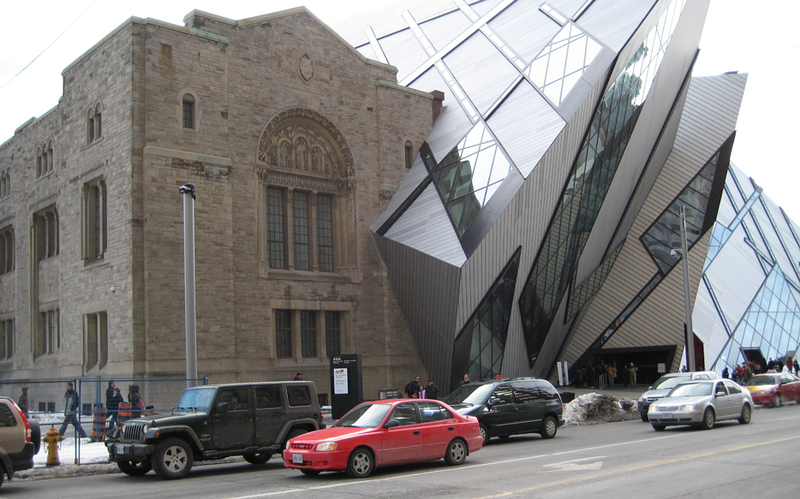For the New York Times, Ben Davis writes about the decrease in public funding and subsequent increase in private funding among museums. He writes that this new reliance upon private funding pushes museums into more exciting projects such as building expansions while basic more boring day-to-day operating expenses are almost always underfunded. Read Davis in partial below, or in full via New York Times.
According to The Art Newspaper, close to $5 billion from 2007 to 2014 was spent in the United States on new expansions, more than the other 37 countries the newspaper examined put together. The United States is also, the publication notes, unique in the degree to which it funds culture through private philanthropy, rather than public money.
For museum executives, the dirty secret of expansions has been that they are often motivated by the need to have some exciting new thing to rally board members and interest potential patrons. These institutions depend heavily on rich people to fund them. Those rich people like to pay for flashy new buildings; no one wants to donate to boring old museum upkeep.
New institutions like the Broad, financed by the billionaire Eli and his wife, Edythe Broad, and other “ego-seums” illustrate that the people with the money are increasingly interested in founding their own institutions. Consequently, traditional museums have to be ever more aggressive with new projects just to win their imaginations, and their dollars.
Consider the Met. What’s really behind the Breuer expansion beyond carrying the Met’s classical strengths into contemporary art? About 99 percent of all collectors “are collectors of contemporary art,” the former Met director Philippe de Montebello told The New Yorker. “The Met is not, as an act of volition, going to cut itself off from the supporters of the future.”
*Image of Royal Ontario Museum expansion via museumsinthewindofchange.com
